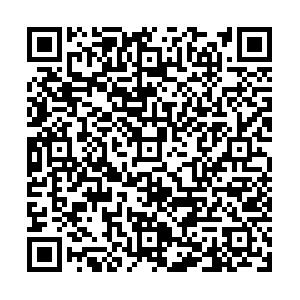Abstract:
Objective To investigate the clinical effect of immunosuppressant in the treatment of myasthenia gravis(MG) with thymus abnormalities.
Methods The clinical data of 106 patients with MG admitted to the Department of Neurology of Zhejiang Provincial People's Hospital from January 2017 to December2018 were included for retrospective analysis. All patients received immunosuppressant treatment. The patients were divided into two groups: group A(MG with abnormal thymus, 81 cases) and group B(MG without abnormal thymus, 25 cases). The clinical data, laboratory biochemical examination results, glucocorticoid dosage and combination with other immunosuppressive agents, the myasthenia gravis composite(MGC) score and myasthenia gravis absolute score(MGAs) were compared between the two groups.
Results There was no significant difference in general clinical data, including sex ratio, average age, course of disease, MGC, MGAs, blood glucose and blood lipid levels before treatment between the two groups(all
P>0.05). After treatment, 82.72%(67/81) of patients in the group A were sensitive to immunotherapy, and 100%(25/25) in the group B, there was statistical difference between the two groups(χ
2=5.330,
P=0.013). The proportion of patients treated with other immunosuppressants in the group A was 93.83%(76/81), and that in the group B was 40.0%(10/25), the difference was statistically significant(χ
2=36.160,
P<0.001). After 1.5 years of follow-up, 2-h postprandial blood glucose, glycosylated hemoglobin, total cholesterol and triglyceride in the group A were higher than those in the group B(
t=2.139, 2.625, 2.010, 2.086, all
P<0.05). After 3 months of treatment, the average daily dose of prednisone in the group A was higher than that in group B(
P<0.05). After 6 months of treatment, the MGC score and MGAs score of the group A were higher than those of group B(all
P<0.05).
Conclusion The response of MG patients with thymus abnormalities to immunosuppressive therapy is relatively poor, and the amount of glucocorticoid needed to be used is large, and other immunosuppressants should be used in combination. It is suggested that the thymus of MG patients should be evaluated in detail before treatment, as it can facilitate the formulation of clinical treatment plan and the judgment of prognosis.

 点击查看大图
点击查看大图



 下载:
下载:
